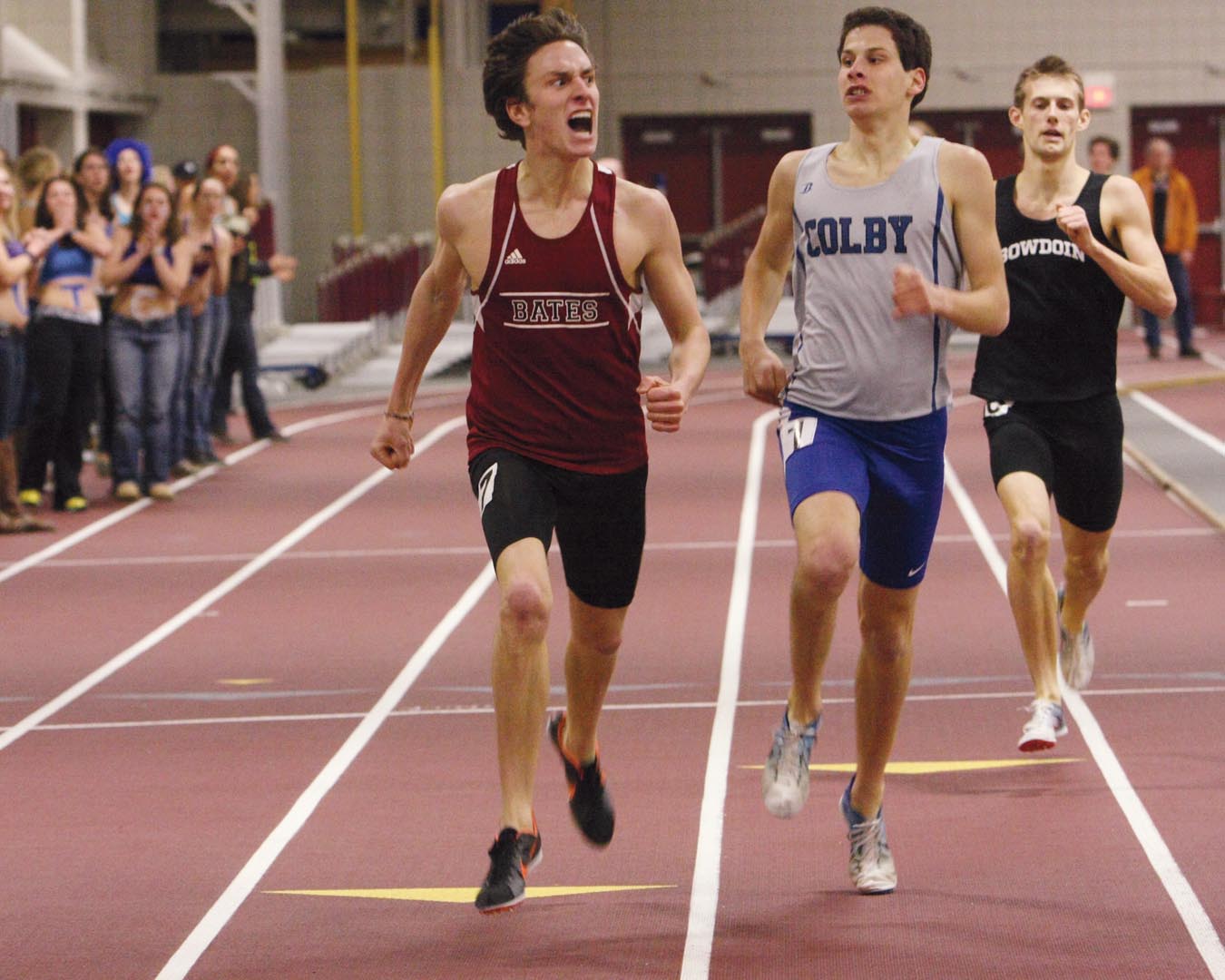
I read an interesting article on Medium the other day, in which Paul Flannery, an American sports journalist, talks about why he and countless others have turned to running as a way of coping with a ‘mid-life crisis’. Flannery suggests displays of extreme athleticism in particular seem to have special appeal to those of us facing up

From a sociological point of view, one of the interesting things about running is its association with high levels of privilege – particularly with education and income. This seems surprising: Unlike sports such as tennis, cycling or golf, running requires no expensive equipment or club membership; all most people really need to participate, it has

One of the things I’ve found interesting in studying running is the diversity hidden beneath the sport’s surface. To someone who is unfamiliar with running, a fell-runner, a marathoner, a jogger and perhaps even a track athlete, might all seem to be part of one homogenous group. But for those familiar with running culture, the

Overall figures In this post I’m going to use data from the Big Running Survey, conducted as part of my PhD a couple of years ago, to explore variations in the motivations of different types of runner based on gender and age. I’m not going to try to explain the patterns – that will be

This article presents a collection of demographic statistics about running in the UK and beyond. The data is drawn primarily from Sport England’s Active People Survey and its unrivalled dataset, but also my own Big Running Survey, which provides finer detail. UK Running Demographics How many runners? The current size of the UK regular running

Taken at face value, the data from my Big Running Survey suggests that women runners are significantly less competitive than men. Only 16% of the women surveyed reported a strong motivation to do well in races compared to 30% of men. And taking part in races – one potential measure of a competitive leaning – was

Below is a list of key statistics about running derived from a number of sources, but mainly the Big Running Survey, which canvased the opinions of almost 2,700 runners on their running practices, motivations and attitudes in 2017. Follow the links on selected items for more detail. Section 1 – running demographicsParticipation rates – Social

One of the great appeals of running is its accessibility. Most of us can run – at least for a minute or so – and most own a pair of shorts and a t-shirt. Really the only thing you might need to buy before you can get started is a pair of trainers, although barefoot